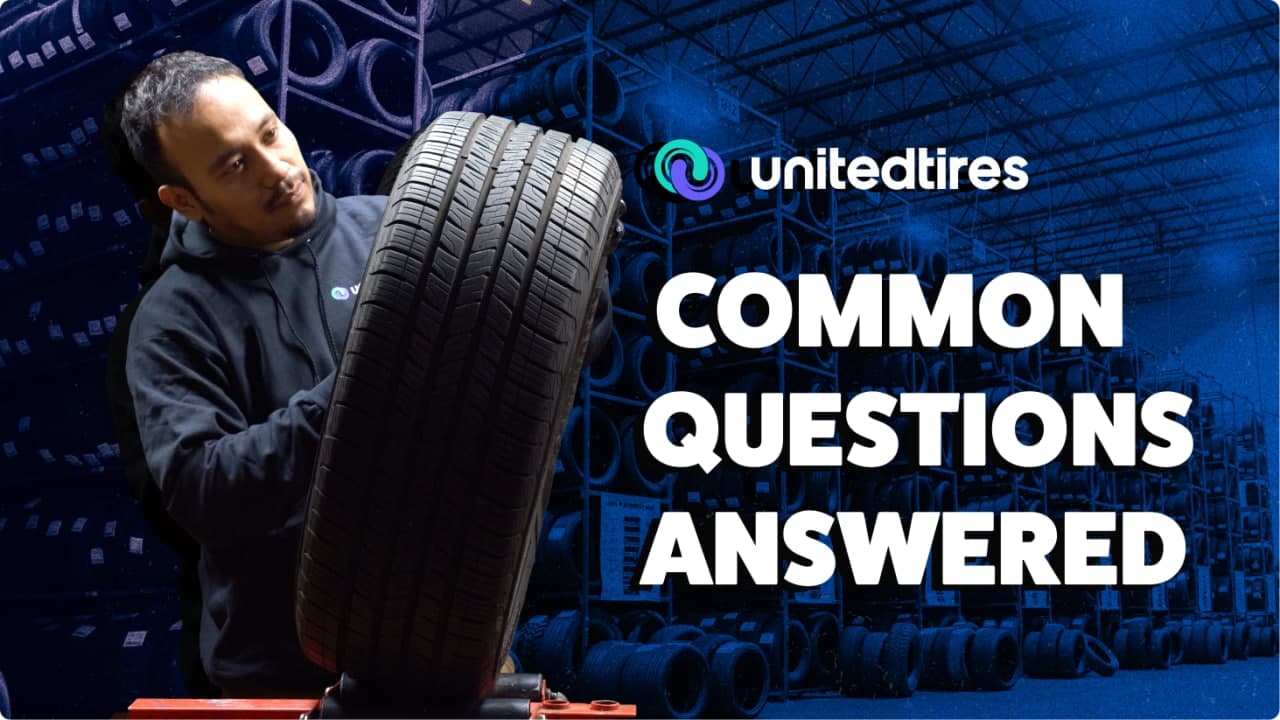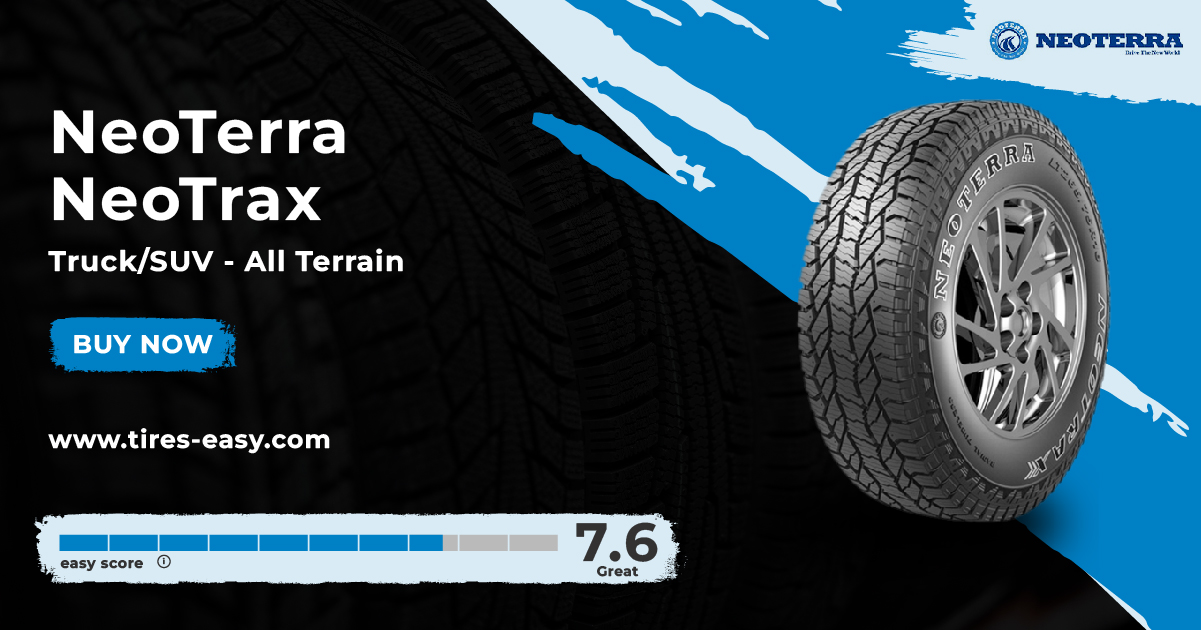All Categories
Featured
Table of Contents
I was able to get 100 hours out of one of these tires, and while it had absolutely no tire lugs left on it, the soft substance made it function really wellas long as I was using a soft mousse. Kitt Stringer picture Easy placing - 3Wear - 3Sidewall strength - 3Performance on roots - 4Performance on wet rocks - 2Traction on dirt - 5Cornering capability - 4Traction while stopping - 4Self-clearing of dirt and mud - 3Performance in mud - 3Overall predictability or monitoring - 3 _ 37 Final thought: This is an excellent well-rounded tire with excellent value for cash.

The wear corresponded and I like for how long it lasted and how consistent the feeling was during usage. This would likewise be a great tire for faster races as the lug size and spacing little bit in well on quick terrain. Kitt Stringer picture Easy mounting - 3Wear - 3Sidewall toughness - 3Performance on origins - 4Performance on damp rocks - 4Traction on dust - 4Cornering capability - 4Traction while stopping - 5Self-clearing of dust and mud - 4Performance in mud - 4Overall predictability or monitoring - 4_42 Final thought: I liked this tire a lot.
If I had to buy a tire for hard enduro, this would certainly be in my top choice. Easy installing - 3Wear - 3Sidewall stamina - 3Performance on roots - 4Performance on wet rocks - 3Traction on dust - 4Cornering capacity - 3Traction while braking - 3Self-clearing of dirt and mud - 4Performance in mud - 4Overall predictability or monitoring - 3 _ 34 Final thought: This tire was very soft and pliable.
All the gummy tires I tested performed relatively close for the very first 10 hours or two, with the victors going to the softer tires that had better traction on rocks (Tyre and wheel services). Purchasing a gummy tire will most definitely provide you a solid advantage over a normal soft substance tire, yet you do pay for that benefit with quicker wear
Trusted Wheel Alignment Services – Guildford
Ideal worth for the motorcyclist who wants suitable efficiency while getting a fair amount of life. Best hook-up in the dirt. This is an excellent tire for springtime and autumn problems where the dust is soft with some wetness still in it. These tried and tested race tires are great around, yet wear quickly.
My total winner for a hard enduro tire. If I needed to invest money on a tire for daily training and riding, I would certainly select this one.
Affordable Car Tyres Near Me ( Swan)
I have actually been running a set of Michelin Power Pilot 2CT's on my track Daytona 675 for the past year. Because time I have done 15 track days in all weather conditions from cold wet to very warm and these tyres have never ever missed out on a beat. Low-cost tyres. I have actually done virtually 2,000 miles (3,200 km) on them and as you can see from this shot of the front taken after very first session of my 15th track day on them, they still have fairly a great deal of rubber left on them
In short the 2CT is an incredible track day tyre. If you're the type of motorcyclist that is likely to experience both damp and dry conditions and is starting on the right track days as I was in 2015, after that I assume you'll be tough pushed to discover a much better value for cash and skilled tyre than the 2CT; a pair of which will certainly set you back around 185 (US$ 300) in the UK.
Developing a better all round road/track tyre than the 2CT need to have been a difficult task for Michelin. The result of that initiative is the Michelin Pilot Power 3 which essentially replaces the Pure. Don't confuse this brand-new tyre with the roadway going Pilot Roadway 3 which is not designed for track use (although some riders do).
When the Pilot Power 3 released, Michelin suggested it as a 50:50% road: track tyre. All the rider reports that I've checked out for the tyre rate it as a much better tyre than the 2CT in all locations yet particularly in the damp.
Premium Tyre Selection
Technically there are several distinctions in between both tyres although both make use of a twin compound. Visually you can see that the 2CT has fewer grooves reduced right into the tire yet that the grooves run to the edge of the tire. The Pilot Power 3 has more grooves for better water dispersal but these grooves do not reach the shoulder of the tire.
One facet of the Pilot Power 3 which is different to the 2CT is the new 2CT+ technology which prolongs the harder middle section under the softer shoulders (on the back tire). This need to offer much more stability and reduce any type of "squirm" when accelerating out of corners despite the lighter weight and more versatile nature of this brand-new tire.

I was a little dubious concerning these lower stress, it turned out that they were great and the tires executed actually well on track, and the rubber looked far better for it at the end of the day. Equally as a point of reference, other (fast group) riders running Metzeler Racetecs were making use of tyre stress around 22-24 psi for the back and 24-27 psi on the front.
Developing a far better all round road/track tyre than the 2CT have to have been a tough task for Michelin. The result of that initiative is the Michelin Pilot Power 3 which basically replaces the Pure. Don't confuse this brand-new tyre with the road going Pilot Road 3 which is not developed for track use (although some bikers do).
Honest Tyre Repair Services Near Me ( Swan)
When the Pilot Power 3 released, Michelin recommended it as a 50:50% road: track tire. All the biker reports that I have actually checked out for the tyre rate it as a far better tyre than the 2CT in all locations yet specifically in the wet.

Technically there are plenty of differences between both tires also though both utilize a double compound. Aesthetically you can see that the 2CT has less grooves reduced right into the tire but that the grooves go to the side of the tire. The Pilot Power 3 has more grooves for much better water dispersal however these grooves don't reach the shoulder of the tire.
One aspect of the Pilot Power 3 which is different to the 2CT is the brand-new 2CT+ innovation which prolongs the harder middle area under the softer shoulders (on the back tyre). This must offer a lot more stability and lower any "wriggle" when accelerating out of edges regardless of the lighter weight and more versatile nature of this new tire.
Although I was slightly suspicious concerning these reduced pressures, it ended up that they were fine and the tires executed really well on track, and the rubber looked much better for it at the end of the day. Simply as a factor of recommendation, other (rapid team) motorcyclists running Metzeler Racetecs were utilizing tyre pressures around 22-24 psi for the rear and 24-27 psi on the front
Latest Posts
Top Tyre Servicing – Wanneroo 6065 WA
Cost-effective Car Tyres – Caversham WA
Best Tyre Replacement Near Me